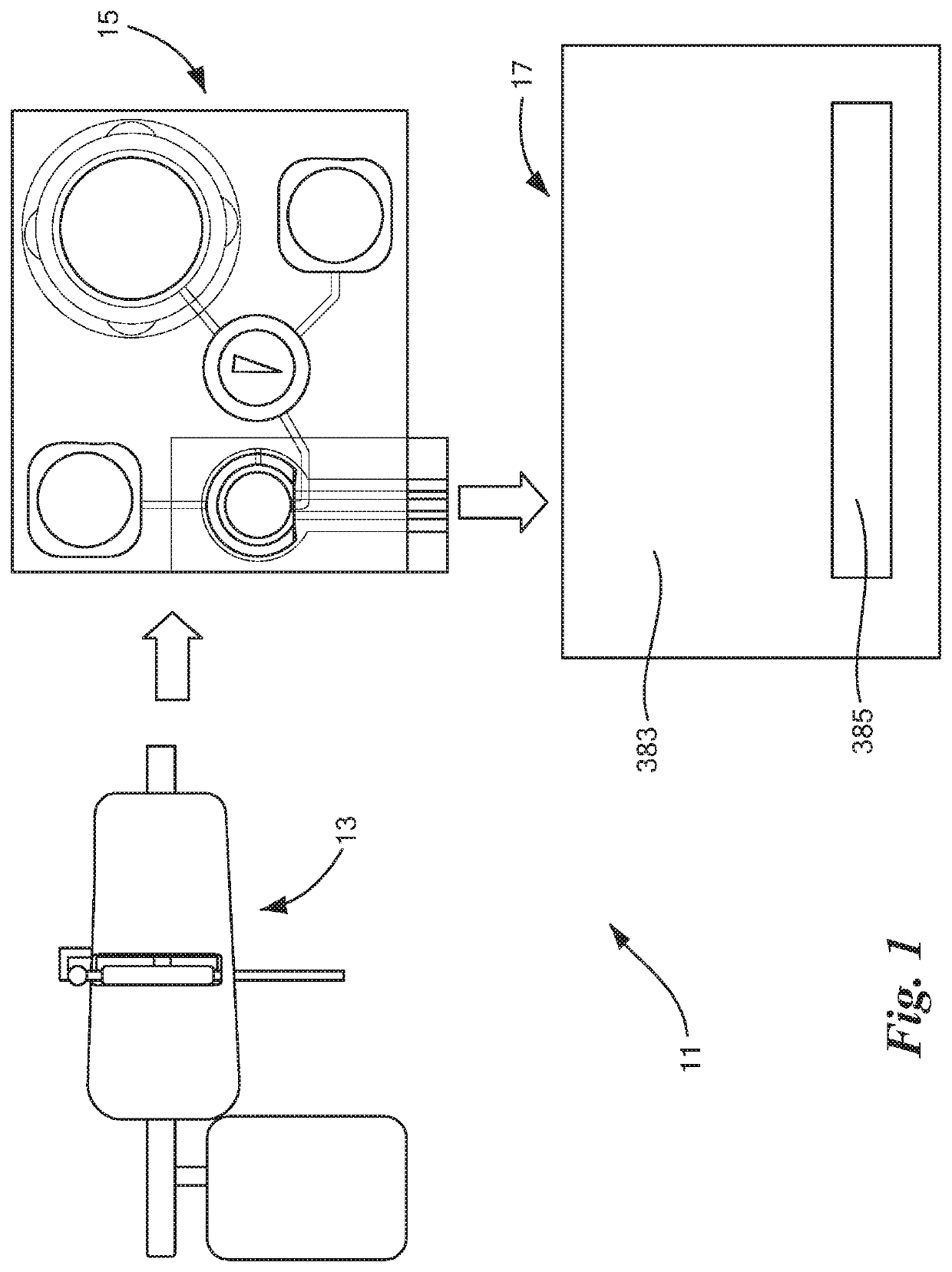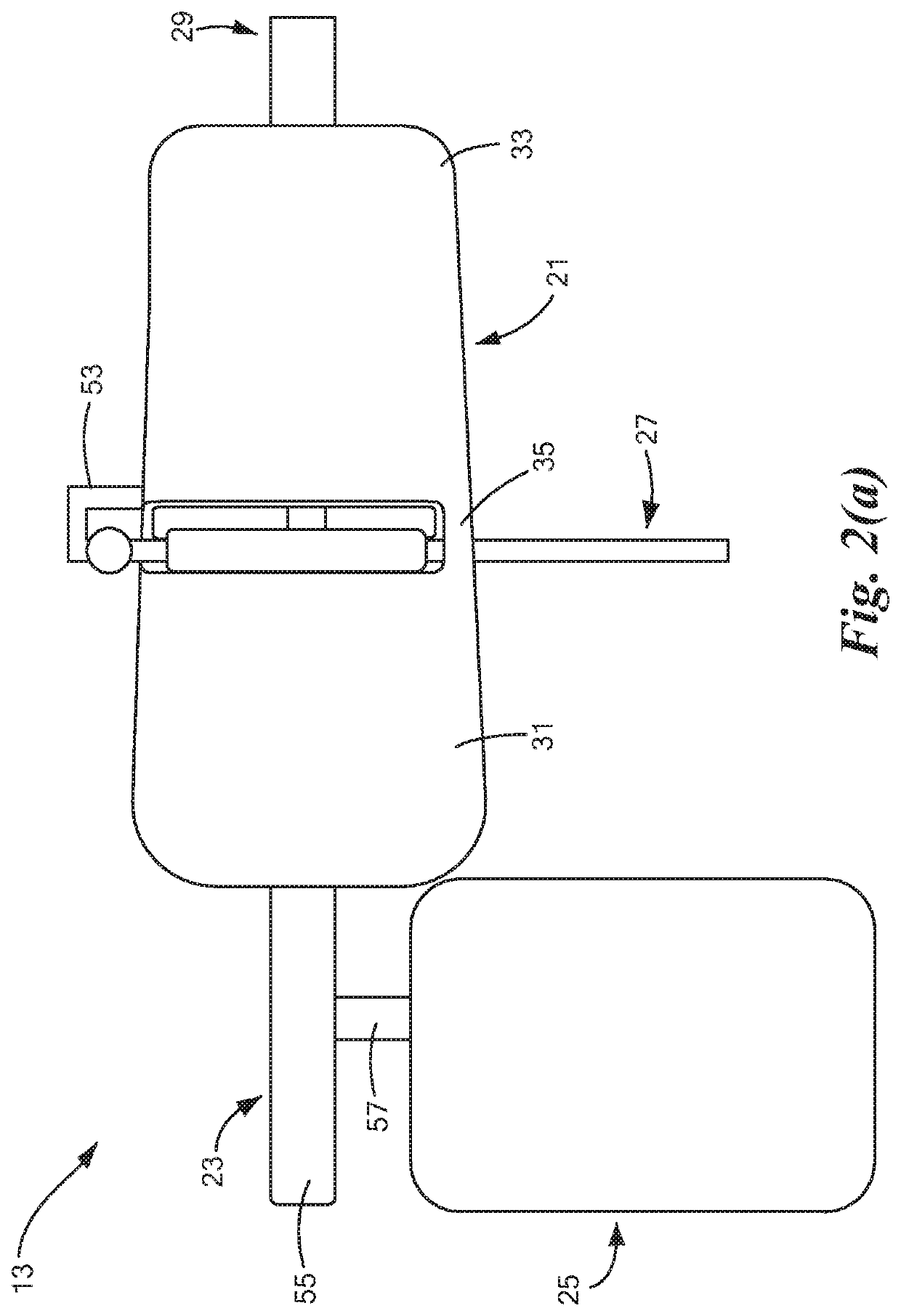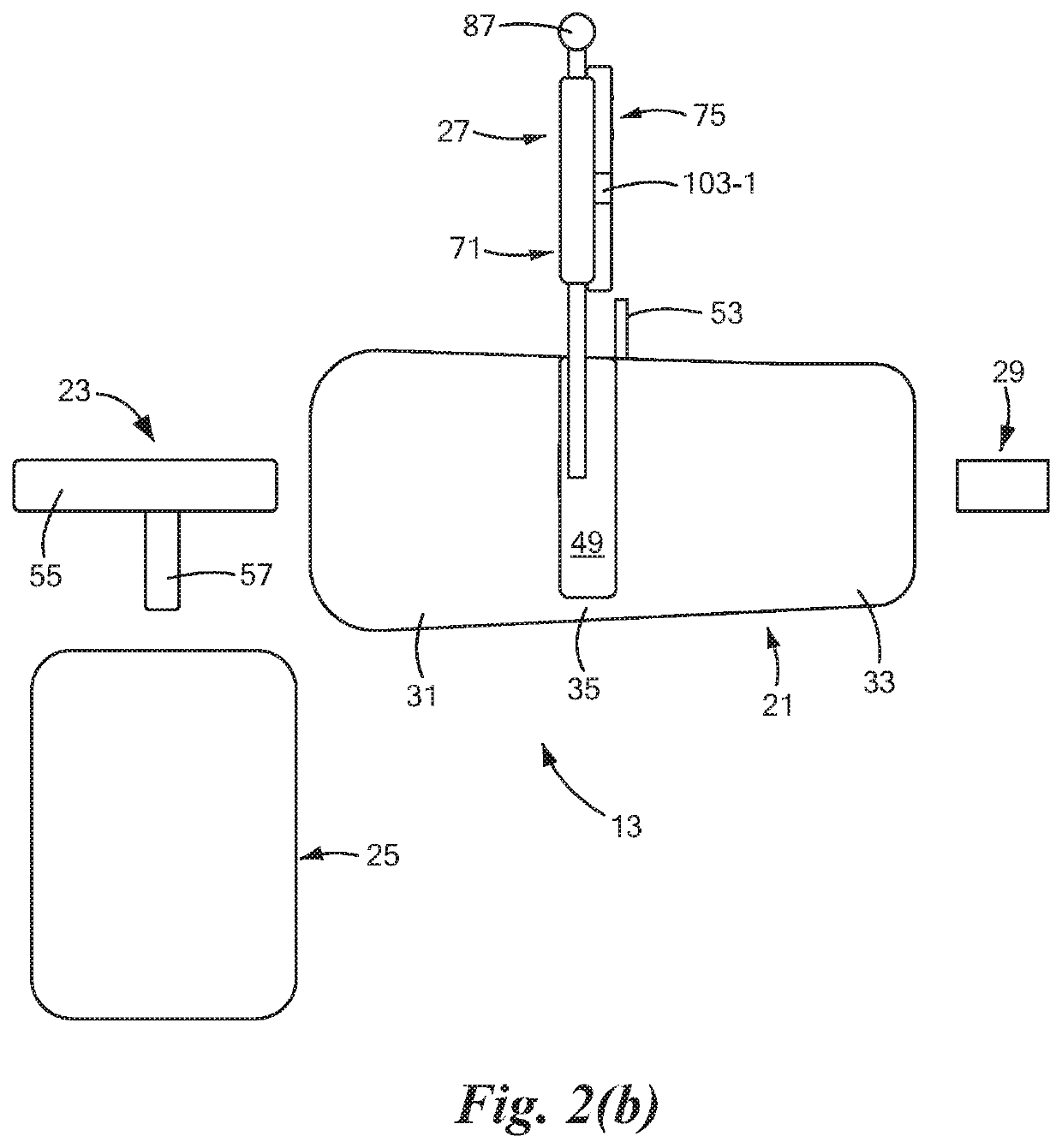Method and system for detection and/or quantification of delta-9-tetrahydrocannabinol in exhaled breath
a technology of delta-9-tetrahydrocannabinol and exhalation breath, which is applied in the field of detection and/or quantification of 9-tetrahydrocannabinol (thc) in a sample, can solve the problems of thc binding, double the risk of crash involvement of driving under the influence of marijuana, and the inability to detect and/or quantify th
- Summary
- Abstract
- Description
- Claims
- Application Information
AI Technical Summary
Benefits of technology
Problems solved by technology
Method used
Image
Examples
Embodiment Construction
[0063]The present invention is directed at a testing device and method to enable detection and / or quantification of THC levels in breath samples. In a preferred embodiment, the present invention permits real-time detection and / or quantification at a point-of-collection for roadside use. This portable, cost-effective and non-invasive electrochemical sensor device for near real-time THC detection will fill urgent, unmet needs as an effective alternative to current expensive and time-consuming analytical techniques which have a turnaround time of several days. A key accomplishment is the development of a method that extracts THC from breath aerosol and immobilizes and pre-concentrates the THC on a disposable screen-printed sensor chip, thereby allowing direct electrochemical measurement with a short response time and high sensitivity.
[0064]Referring now to FIG. 1, there is shown a simplified view of one embodiment of a system for detecting and / or quantifying Δ9-tetrahydrocannibinol (TH...
PUM
| Property | Measurement | Unit |
|---|---|---|
| particle sizes | aaaaa | aaaaa |
| total volume | aaaaa | aaaaa |
| frequency | aaaaa | aaaaa |
Abstract
Description
Claims
Application Information
 Login to View More
Login to View More - R&D
- Intellectual Property
- Life Sciences
- Materials
- Tech Scout
- Unparalleled Data Quality
- Higher Quality Content
- 60% Fewer Hallucinations
Browse by: Latest US Patents, China's latest patents, Technical Efficacy Thesaurus, Application Domain, Technology Topic, Popular Technical Reports.
© 2025 PatSnap. All rights reserved.Legal|Privacy policy|Modern Slavery Act Transparency Statement|Sitemap|About US| Contact US: help@patsnap.com



